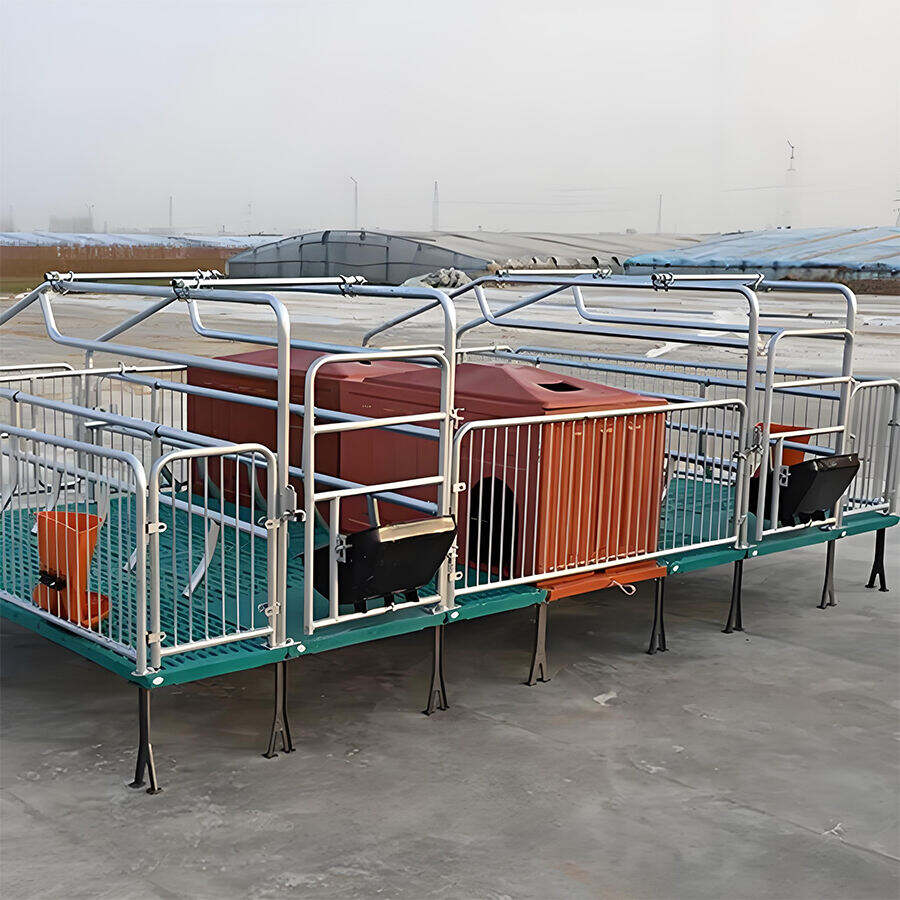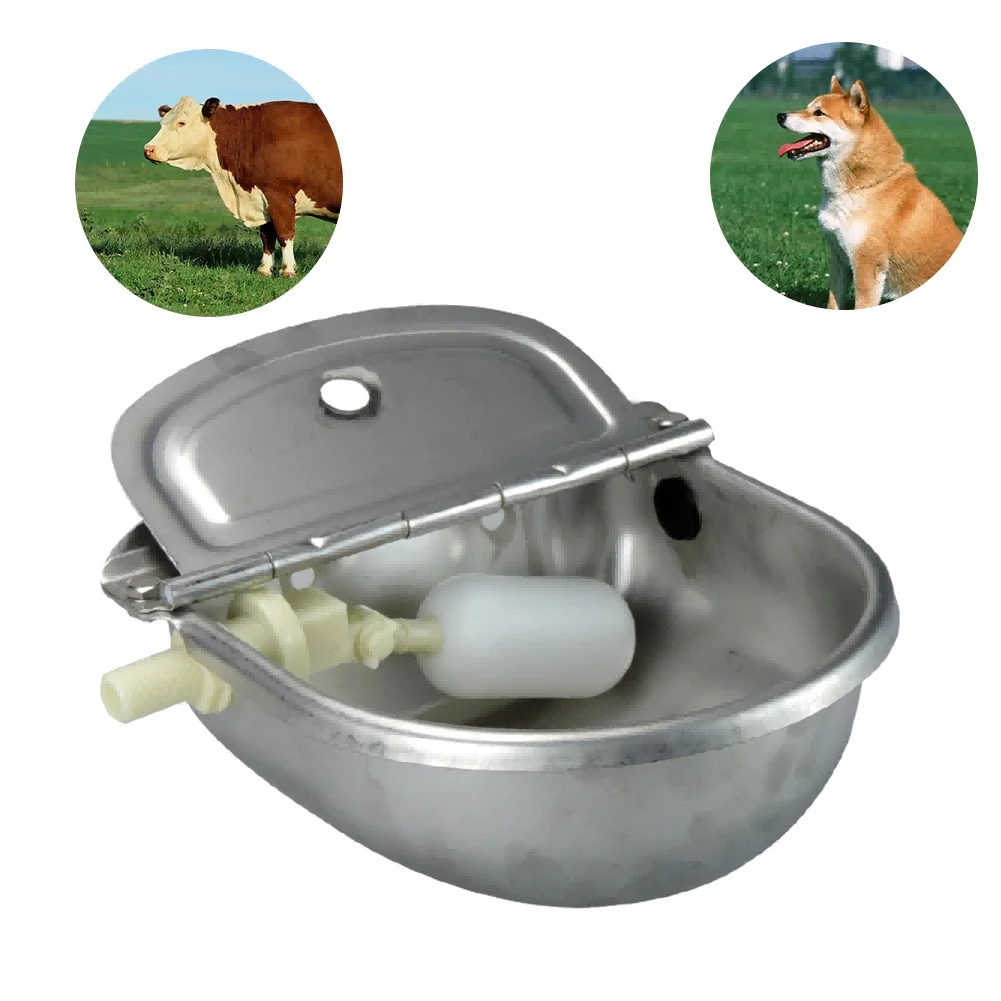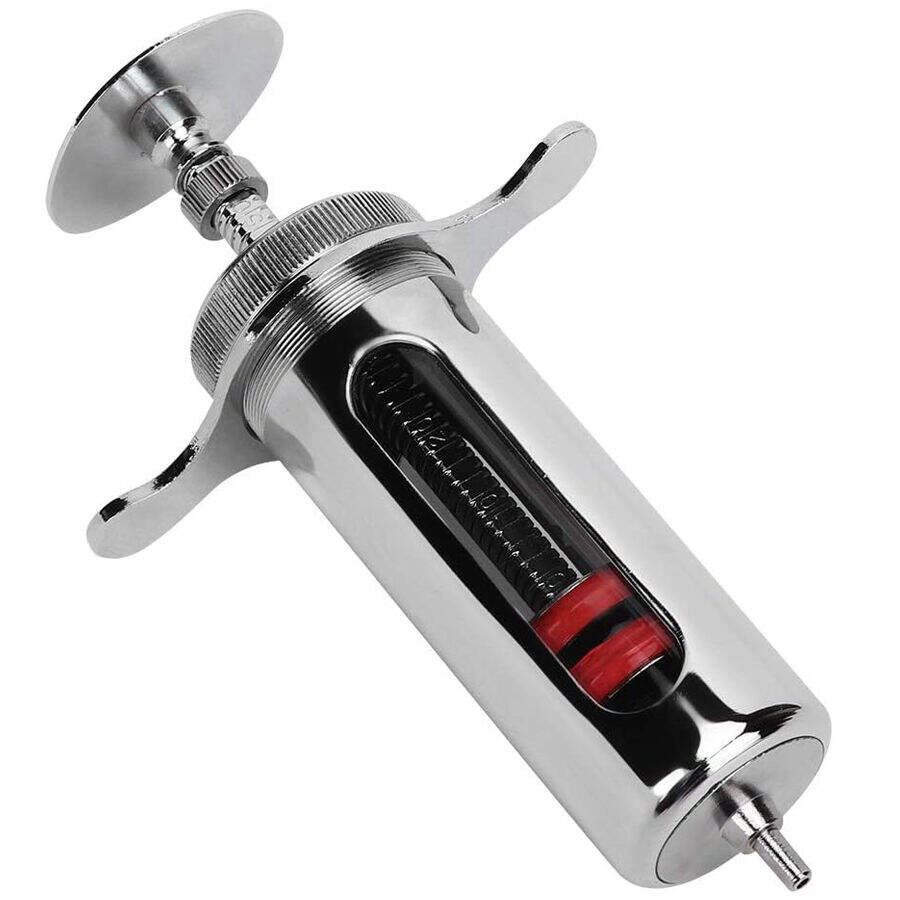automatic poultry feeder system price
The automatic poultry feeder system price represents a significant investment in modern farming technology, offering a comprehensive solution for poultry operations of all sizes. These systems typically range from $1,000 to $15,000, depending on capacity and features. Basic models start with simple timing mechanisms and storage hoppers, while advanced systems incorporate smart technology, monitoring capabilities, and precision feeding controls. The price variance reflects factors such as feeding capacity (ranging from 500 to 50,000 birds), construction materials (galvanized steel or high-grade plastic), and technological sophistication. Most systems include essential components like feed storage bins, distribution lines, feeding pans, and control units. Advanced features may include automatic feed level sensors, waste reduction mechanisms, and smartphone integration for remote monitoring. The investment typically covers installation costs, though some manufacturers offer this as an additional service. Many systems come with warranty periods ranging from 1 to 5 years, protecting the initial investment. When considering the price, it's crucial to factor in the system's efficiency gains, labor savings, and potential feed waste reduction, which often result in a return on investment within 12-24 months of operation.


